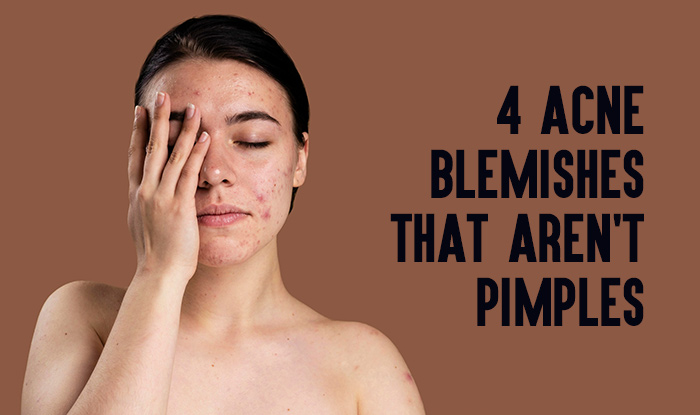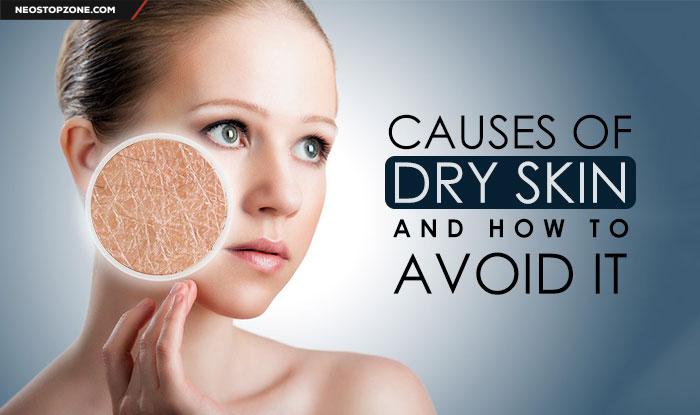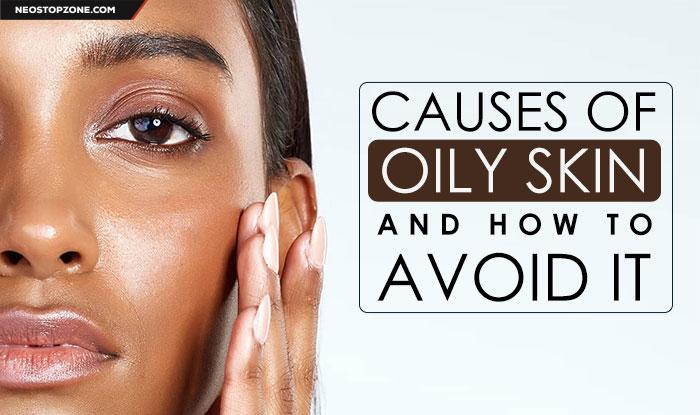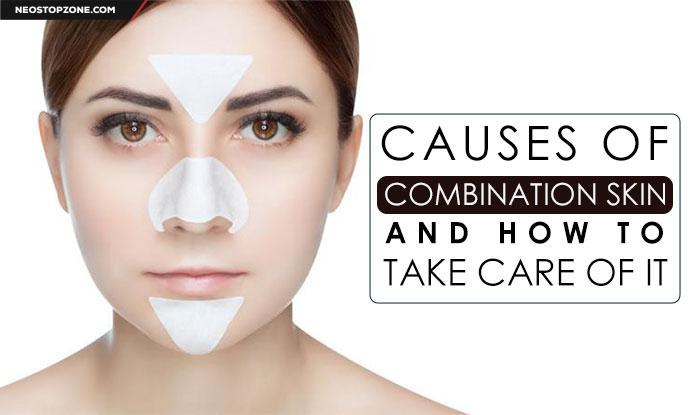Types of non-inflammatory acne blemishes or comedones
With non-inflammatory comedones, there is no redness or swelling of the wound. However, non-inflamed comedones can turn into a “typical” pimple if bacteria invade. While not everyone with acne experiences inflammatory breakouts, all acne sufferers have some form of non-inflammatory comedones.
Open Comedones
Appearance
An open comedone, or blackhead, is easy to recognize by its dark brown to black surface color.
Development
Blackhead is an accumulation of dead skin cells and sebaceous material within the follicle. Its top is not covered with a layer of dead skin cells but is exposed to air. Black color is not dirt. Air darkens the oil, just as a sliced apple turns brown when exposed to air.
Treatment
Blackheads can usually be removed by applying light pressure to the breakout. Consistent, thorough cleansing reduces oiliness, which can help prevent the development of blackheads.
Soft Closed Comedones
Appearance
Soft closed comedones are present as bumps on the surface of the skin. They are not painful or red.
Development
Soft closed comedones develop when a plug of cellular debris and oil becomes trapped within the pore and is covered with a layer of dead skin cells. The oil plug itself remains liquid or soft.
Treatment
Treatment involves sloughing off excess oil and dead cells. Estheticians and dermatologists often remove comedones by applying gentle pressure, caressing the trapped oil plug to the surface. Keeping the skin clear of soft closed comedones can significantly reduce the development of inflammatory acne breakouts.
Hard Closed Comedones
Appearance
Hard closed comedones, called milia, have very pronounced whiteheads. Unlike pustules, milia are not red or painful. They are especially common in the eye area.
Development
Hard closed comedones develop as do their softer counterparts, however, the effect is hardened and resembles a grain of sand. The white head is not pus, but a mass of dead cells and sebum.
Treatment
Dermatologists and estheticians (in some states) remove milia by making a small incision on the wound and carefully removing the sebaceous plug. Even without treatment, milia can work their way to the surface over time.
Microcomedone
Appearance
Although most acne sufferers have many microcomedones, they are too small to be seen with the naked eye.
Development
A microcomedone is the beginning of an acne lesion. It occurs when the sebaceous ducts and pores are clogged by excess sebum and dead skin cells. Every defect begins as a microcomedone.
Treatment
Treatment is similar to soft-off comedones and involves sloughing off excess oil on the skin. Regular exfoliation helps to avoid the build-up of dead skin cells. Treating comedones at this stage helps prevent major acne breakouts from occurring.




Reading your article helped me a lot and I agree with you. But I still have some doubts, can you clarify for me? I’ll keep an eye out for your answers.
I may need your help. I’ve been doing research on gate io recently, and I’ve tried a lot of different things. Later, I read your article, and I think your way of writing has given me some innovative ideas, thank you very much.